In short – because we’re honest, have integrity, and our work is entirely in-house. We will be truthful with you about what is achievable and what is financially beneficial… or in some cases not. We don’t farm out projects to layers of subcontractors like many other big firms, where standards often drop.
Residential
Solar PV has come of age and makes sense for most homes if the orientation and space is right. It can save you money in the long term, give you energy security, increase the value of your property and help the planet. All for the equivalent cost of a new kitchen. We can help you with every aspect of installing a new system, from designing, supplying the products, installing and even financing where needed.
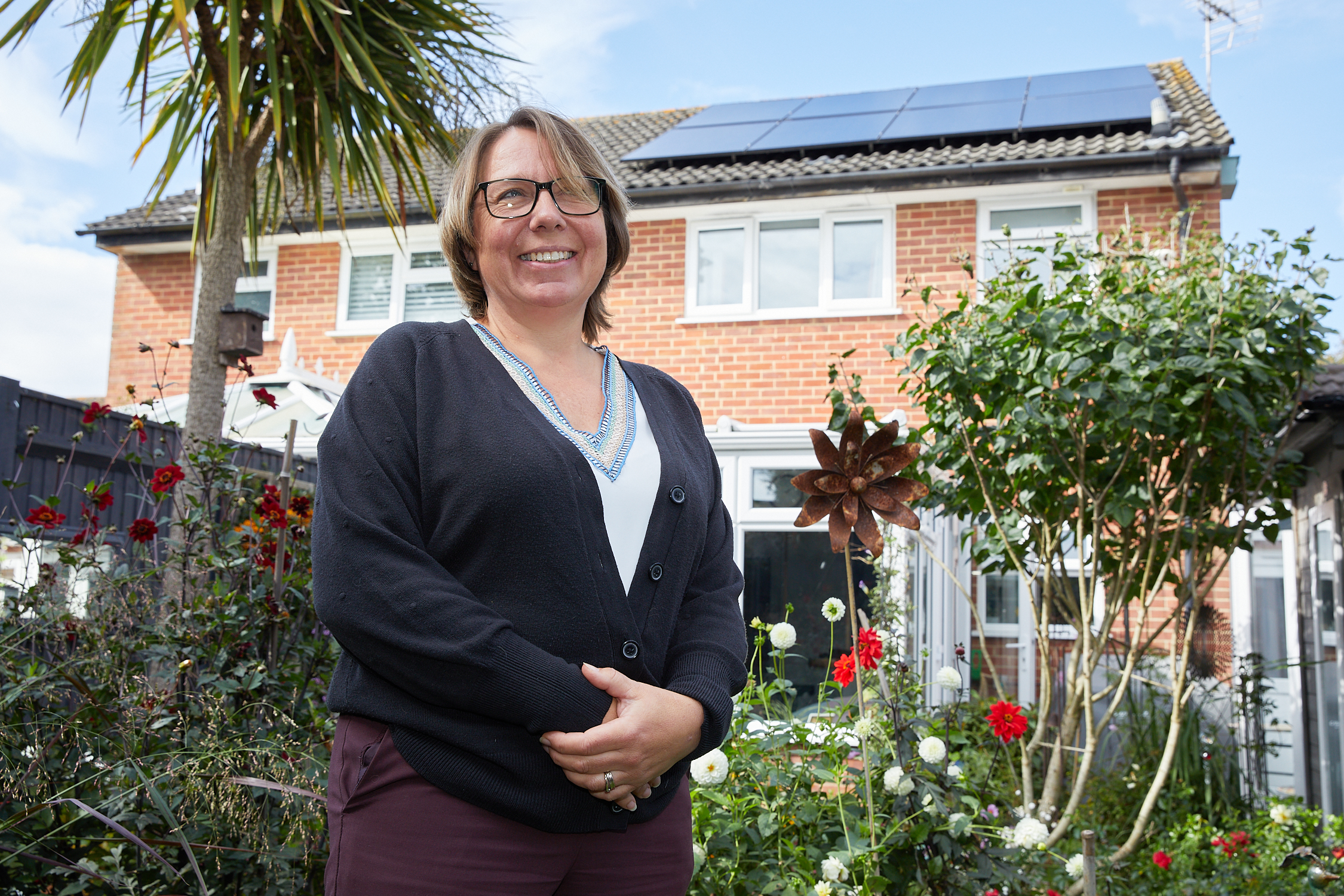
Why use us?
We value our customers and are keen to uphold high standards of installation and service. We’ll work with you during the design process to get a system just right for you, then with the actual installation, we’ll ensure it looks good as well as being strong and sound.
We’re MCS accredited for both Solar PV and Batteries, members of RECC, and have longer workmanship cover than most other firms. All our contractual paperwork is based on RECC documents and we’ll respond as quickly as we can to any queries you may have.
Accredited installers
What are the steps for an install?
At the stage where you know you want solar PV, but want more information about the process ? The steps below show the typical sequence of events.
The very first thing is to discuss what you have in mind and where your want your solar PV system. We’ll do research online to view the location and then make up a virtual model of your Solar PV system. We can then see if it is worthwhile or if changes need to be made. If it all is looking good then we’ll arrange a site visit.
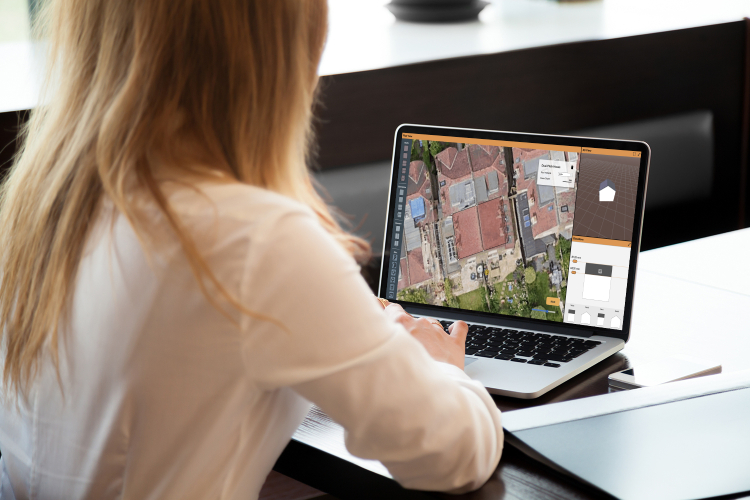
We’ll visit your home or site where you want the Solar PV and discuss further with you about options. We’ll take a number of measurements, photographs and look at the building structure to work out the best method for installation.
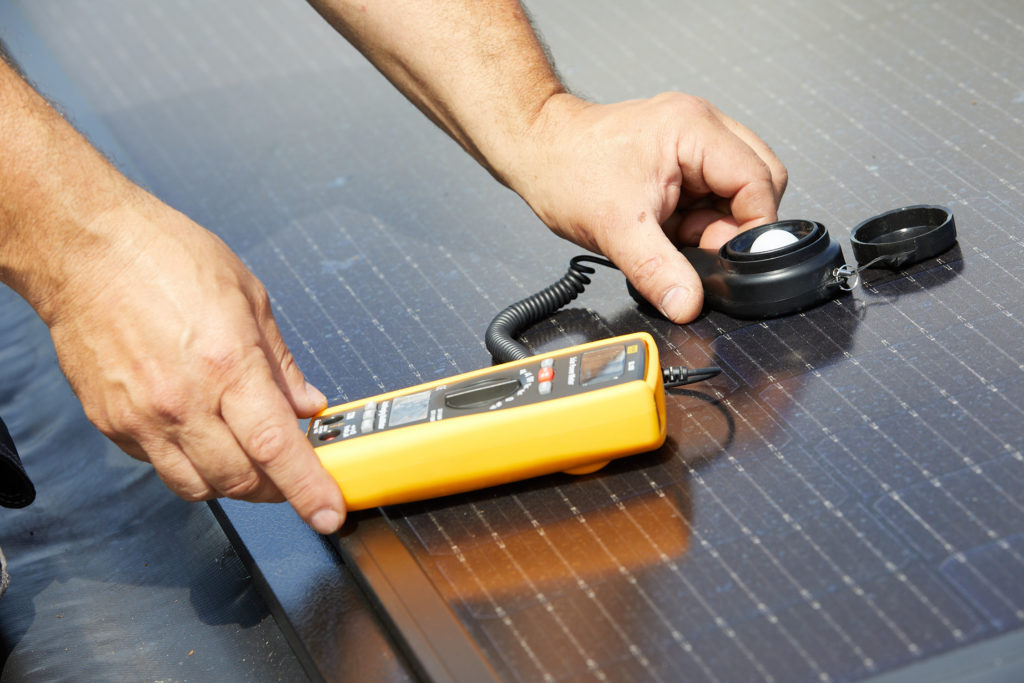
We’ll then refine the design and look at sourcing the products and materials. Once we have everything in place we’ll send over our design and proposal for you to consider.
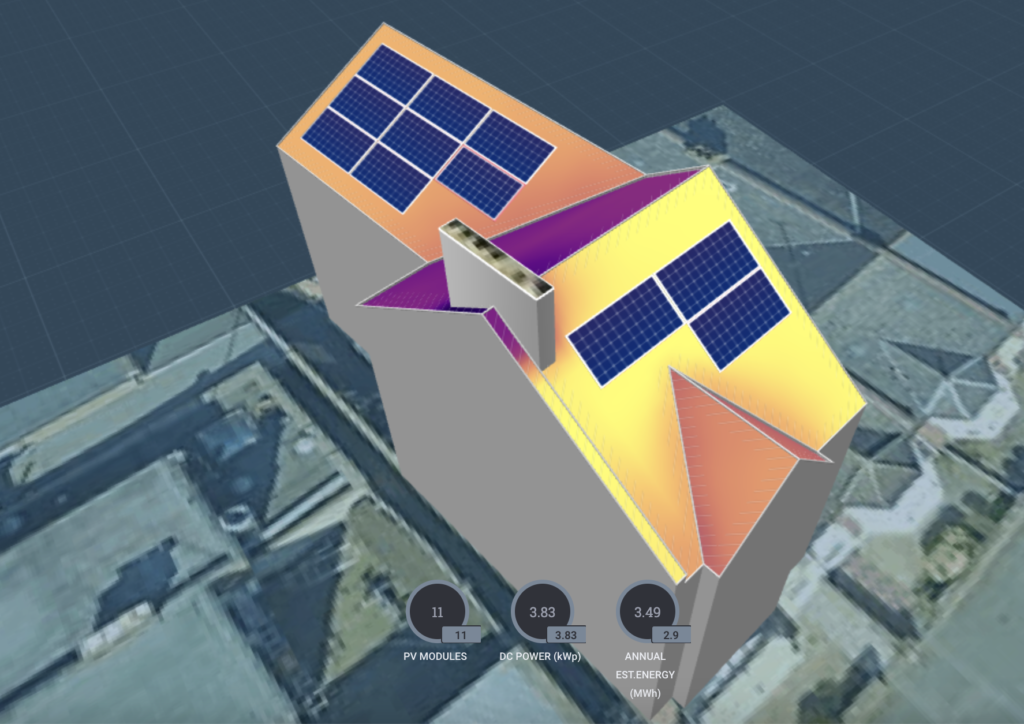
Once you give us the nod to go ahead then we’ll order all the various products that go into making a Solar PV system and book scaffolding or other height access solutions.

The actual installation often happens over a matter of a day or two (depending on the size and complexity). Typically we’ll do the roofing element as a discrete piece of work and then all the electrical work separately, sometimes we’ll do both at the same time.
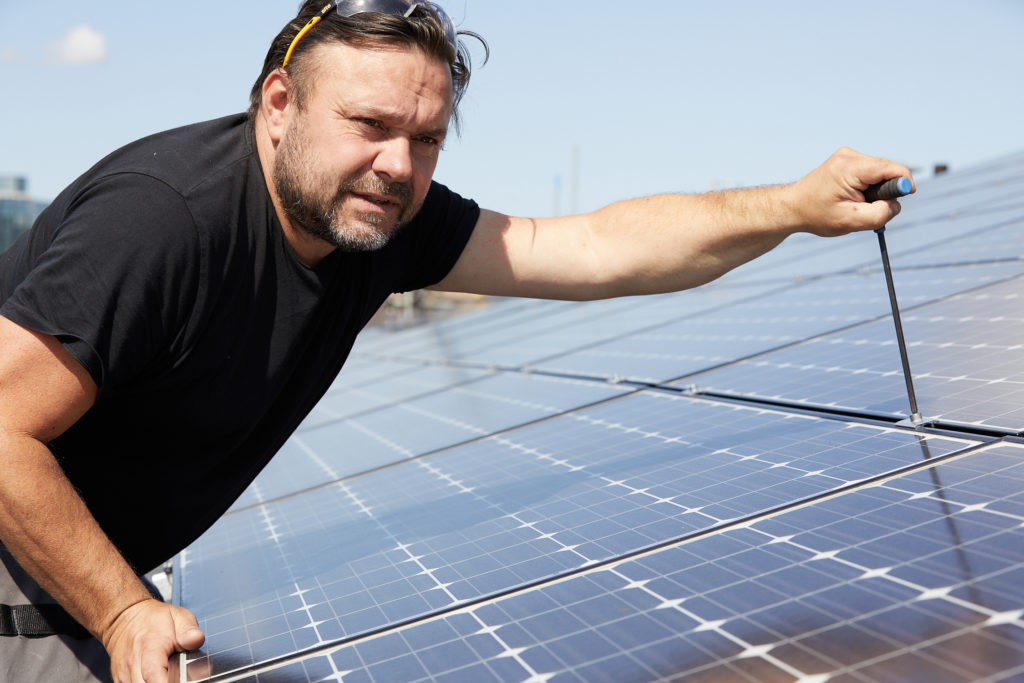
Once the system is complete then it is activated and connected online (commissioned). After this we’ll collate all the various documents (of which there are many) and present this to you in a handover pack. There will be certificates, warranties as well as the calculations and measurements we make for the install.

Example projects

Solar PV & Battery - Southampton Home
Ali and Ian wanted to maximise their energy self-reliance using a solar PV system as they use quite a lot of power but had limited roof space. We designed and installed a 4kWp system (8 panels) with a GivEnergy inverter and 5kWh battery. We modelled that they would be 50% self sufficient after the install, with payback of 10 years and a system lifetime of 25years.

Adding a Solar Battery, London Home
John already had a solar PV system installed on as much of his roof as possible. Having seen the benefits he decided to go electric with his car and get an EV charger, so we installed a Zappi EV charger from MyEnergi. But then John wanted to save the power that, as he said, ‘he was almost giving away to the grid’. We installed a 5kWh Libbi battery with integrated inverter to expand his MyEnergi system. We installed the new battery in such a way that it could be expanded in the future if need be.
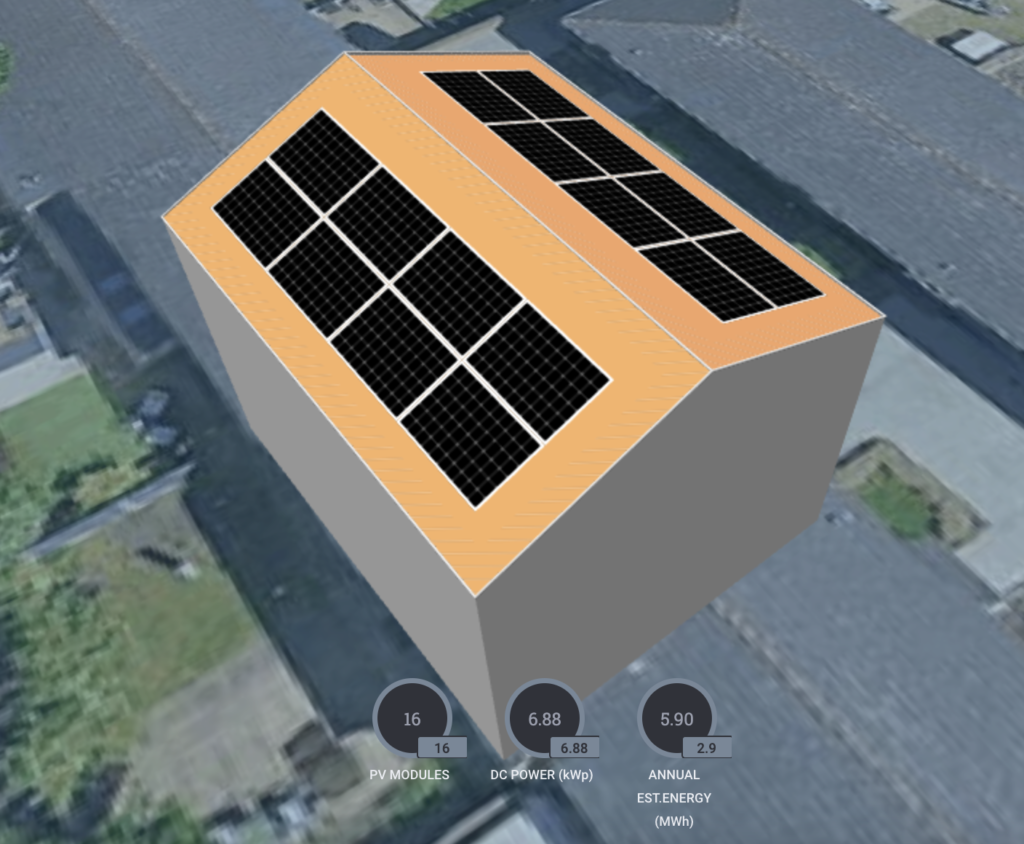
Solar PV, Battery and power management - London Home
Vince already had a MyEnergi Zappi EV charger for his electric car, but wanted to use Solar PV on his roof to make power for the whole house and then control how this power is used. We designed a 7 kWp system with 16 panels, 5kW Libbi hybrid inverter and 5kWh battery. Using the MyEnergi system Vince can control charging his car, heating his water and powering the house at different times, balancing his power use and increasing self-sufficiency, all from his phone.
FAQ
How wide-spread is solar in the UK?
While most of Europe has discovered the benefits of solar ( 40% of homes in Holland have Solar PV) the UK is playing catch up (only 4% installed) with London lagging behind the rest of the country. Many people in the UK are now looking to get solar installed and with a tax break to help a surge in demand is taking place.
Will it work on my roof and what will it look like?
You can either retro-fit the solar onto your existing roof or replace the roof with the panels integrated into the roof. The panels are no longer only sparkly blue but also sleek and black, and if you are prepared to spend more you can even get solar slates which look like the real thing. The visual options as well as the technology of the panels are improving all the time.
The panels are one aspect but there is also the inverter, optimisers, batteries, and how the panels are integrated. All of this needs to be designed and there are handful of decisions to be made. We work with our customers to design the best system for their needs and budget.
How long does it take earn the investment back?
Solar isn’t right for all properties but for those with the right structure, space and orientation then it really makes sense. You can generate and use your own electricity, store it or sell it. Payback periods vary but typically sit between 6-10years while the panels typically have a lifespan of 25 years. For the cost of replacing a kitchen you can get energy security, cheaper electricity and help the planet. On top of this adding a Solar PV system to your house is predicted to add in the region of 2-4% to value of your property.
Tell me how the batteries work?
Using a solar battery can make a big difference as it allows you to store the power you generate and use later. Typically homes will make power during the day-light hours, the battery stores this solar electricity for use later in the evening when the majority of people consume most of their energy. At the moment batteries often have a lifespan of 10 years or so but this can be extended.
How has the technology evolved?
First there was generating your own power with Solar PV, then batteries allowed you to store this so you could use your own power whenever you wanted, now power management is allowing you to squeeze even more benefit from your home power system. Power management will allow you to divert your home made electricity to the things you need when you need and get even more efficiency. For example you can balance up when and how much you heat your water or charge your car, you can decided how low to discharge your battery in case you need it as power back up with grid failure. We are accredited installers for MyEnergi which offers such a system and a suite of products like EV chargers, batteries, energy diverters and immersion heating control.




